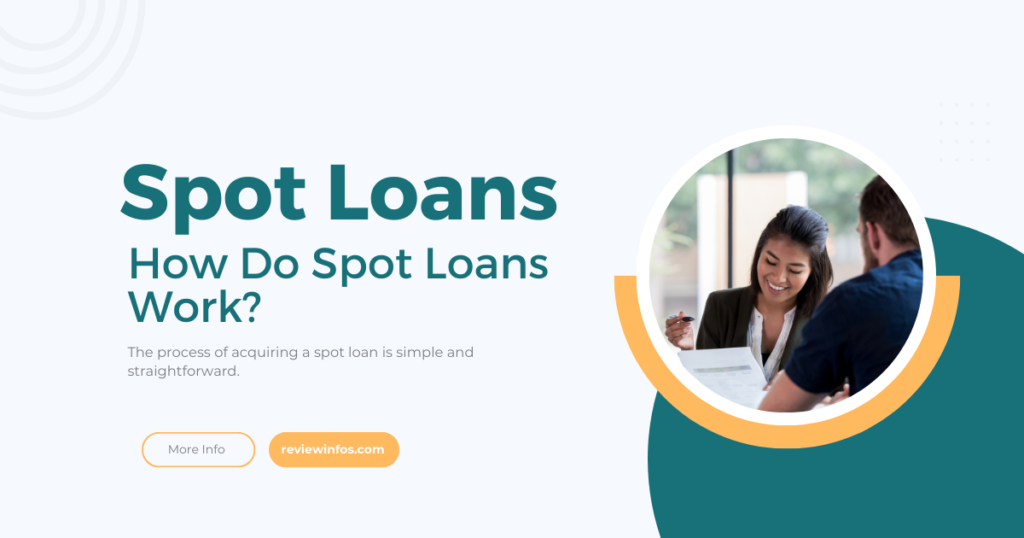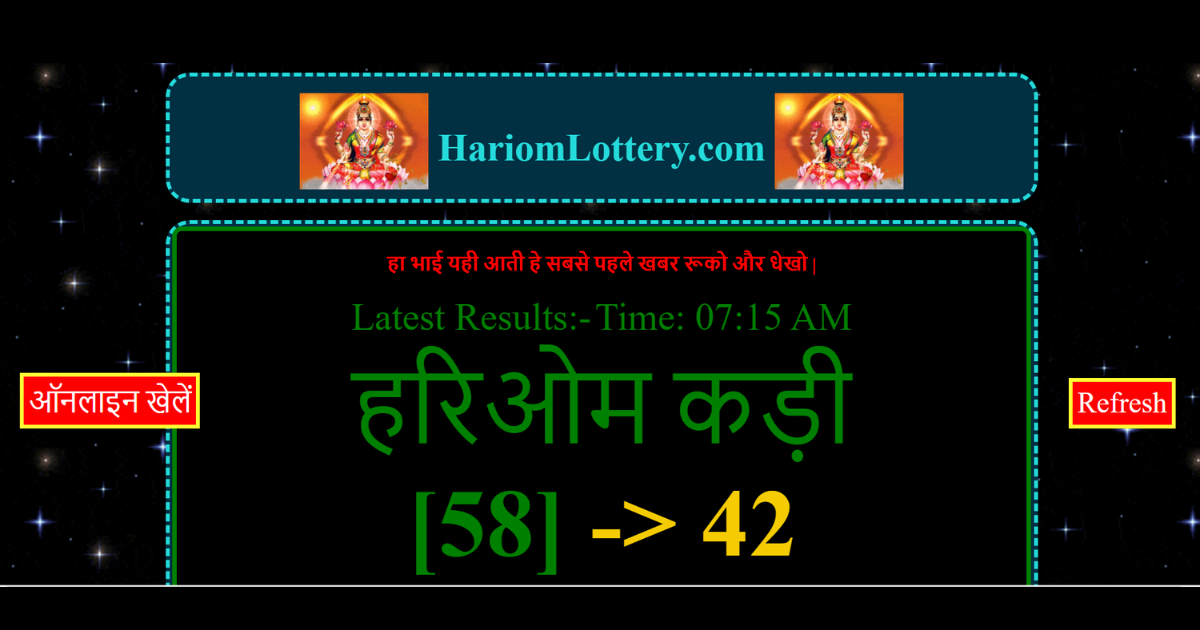In today’s fast-paced financial environment, access to quick funding can often make or break opportunities. One of the most convenient forms of short-term loans is a spot loan, a financing option that delivers immediate financial relief for borrowers who need funds urgently. In this article, we will explore what a spot loan is, how it works, and compare it with other short-term loan options. By understanding these loan types, individuals and businesses can make more informed decisions to address their financial needs effectively.
What is a Spot Loan?
A spot loan is a type of short-term loan that provides immediate funds to a borrower, often without extensive documentation or lengthy approval processes. It is called a “spot loan” because it is granted on the spot or in a very short timeframe. These loans are designed for borrowers who need urgent financing, such as individuals dealing with emergencies or businesses requiring quick capital for operational needs.
Key Features of Spot Loans
- Quick Approval: Spot loans are known for their rapid approval process, often completed within a few hours or a day.
- Minimal Documentation: Lenders may require only basic information, such as identity proof, income verification, and repayment ability.
- Short-Term Duration: Spot loans are typically short-term, ranging from a few weeks to a few months.
- Higher Interest Rates: Due to their quick approval and minimal checks, spot loans often come with higher interest rates compared to traditional loans.
- Collateral-Free: Many spot loans are unsecured, meaning borrowers do not need to provide collateral.
How Do Spot Loans Work?

The process of acquiring a spot loan is simple and straightforward. Here is a step-by-step overview of how spot loans typically work:
- Application: The borrower submits a short application, often online, with basic details like income, employment status, and repayment capacity.
- Verification: The lender conducts minimal verification of the applicant’s information to ensure repayment ability.
- Approval: Once verified, the loan is approved almost instantly or within a few hours.
- Disbursement: Funds are disbursed quickly, often directly into the borrower’s bank account.
- Repayment: Borrowers repay the loan in installments or as a lump sum based on the agreed terms.
Spot loans are ideal for situations where time is critical, such as medical emergencies, last-minute business expenses, or urgent personal needs.
Differences Between Spot Loans and Other Short-Term Loans

1. Payday Loans
Payday loans are small, short-term loans that borrowers typically repay on their next payday. They are similar to spot loans in terms of speed but differ in repayment structure and borrowing limits.
- Loan Amount: Payday loans usually have lower borrowing limits.
- Repayment: Payday loans must be repaid in full on the next payday.
- Interest Rates: Payday loans often have even higher interest rates than spot loans.
2. Personal Lines of Credit
A personal line of credit is a revolving loan that allows borrowers to access funds up to a certain limit. Unlike spot loans, funds can be drawn multiple times as needed.
- Flexibility: Borrowers can withdraw funds as needed.
- Interest: Interest is charged only on the amount used, not the full credit limit.
- Repayment: Flexible repayment terms compared to fixed terms of spot loans.
3. Merchant Cash Advances (MCAs)
MCAs are loans given to businesses in exchange for a percentage of their daily credit card sales.
- Target Audience: Designed for businesses rather than individuals.
- Repayment: Linked to daily sales, making repayment more flexible.
- Speed: Similar to spot loans, MCAs provide quick access to cash.
4. Short-Term Installment Loans
Short-term installment loans allow borrowers to repay the loan in fixed monthly installments over a set period.
- Repayment: Fixed installments make it easier for borrowers to plan their finances.
- Duration: These loans may have slightly longer repayment terms compared to spot loans.
5. Credit Card Cash Advances
Credit card cash advances allow borrowers to withdraw funds from their credit card limit.
- Instant Access: Immediate cash withdrawal is available.
- Interest: Higher interest rates are charged on cash advances compared to purchases.
- Fees: Additional transaction fees may apply.
Advantages of Spot Loans

Spot loans offer numerous benefits that make them an attractive option for individuals and businesses in need of quick funds.
1. Speed and Convenience
One of the primary advantages of spot loans is the speed at which funds are disbursed. Unlike traditional loans that may take weeks for approval, spot loans provide instant relief for urgent financial needs.
2. Minimal Documentation
Spot loans require very little paperwork, making the application process quick and hassle-free. Borrowers do not have to go through rigorous verification procedures.
3. No Collateral Required
Most spot loans are unsecured, meaning borrowers do not need to pledge assets as collateral. This makes spot loans accessible to individuals who may not own significant assets.
4. Ideal for Emergencies
Whether it’s a medical emergency, car repair, or business expense, spot loans provide a lifeline during unexpected financial crises.
Disadvantages of Spot Loans
While spot loans offer significant advantages, there are some downsides that borrowers need to consider:
1. High-Interest Rates
Due to their quick approval and unsecured nature, spot loans come with higher interest rates compared to traditional loans.
2. Short Repayment Period
The repayment period for spot loans is typically shorter, which may place financial strain on borrowers who are unable to repay the loan quickly.
3. Limited Loan Amount
Spot loans usually have a lower borrowing limit, making them unsuitable for large expenses.
When Should You Consider a Spot Loan?
Spot loans are best suited for individuals or businesses facing urgent financial needs. Some common scenarios include:
- Medical Emergencies: Quick funds for urgent medical treatment.
- Unexpected Expenses: Car repairs, home maintenance, or utility bills.
- Short-Term Business Needs: Inventory purchase, payroll, or operational costs.
- Temporary Cash Flow Issues: Covering temporary gaps in income.
Conclusion
Spot loans provide a quick and efficient solution for individuals and businesses in need of immediate funds. With minimal documentation, rapid approval, and no collateral requirements, spot loans offer a significant advantage over traditional lending options. However, borrowers must be mindful of the higher interest rates and short repayment terms that come with spot loans. By comparing spot loans with other short-term financing options, you can make the right choice based on your financial needs and repayment capacity.



